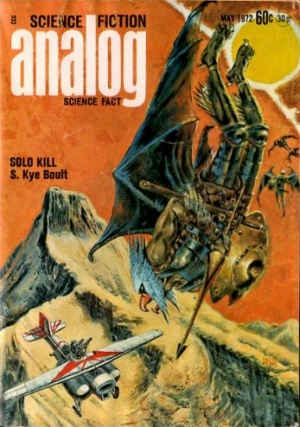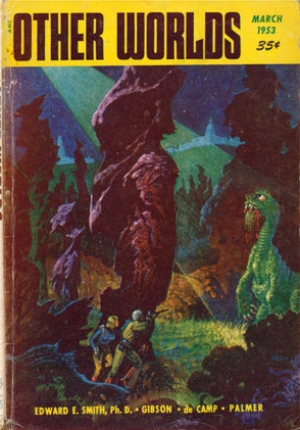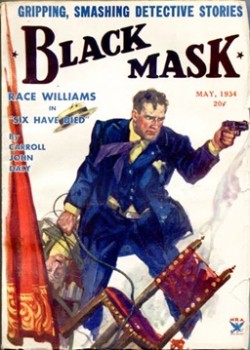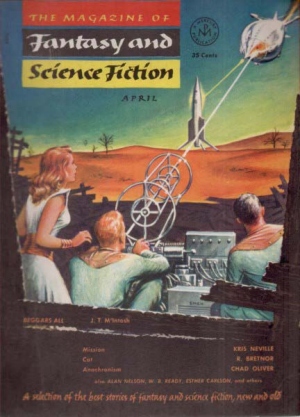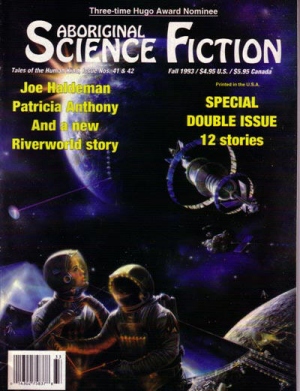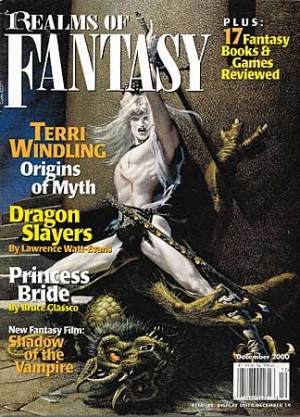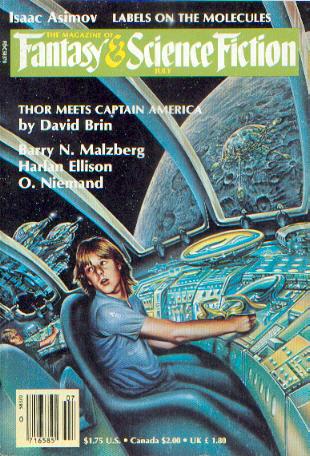Vintage Treasures: Conquerors from the Darkness by Robert Silverberg
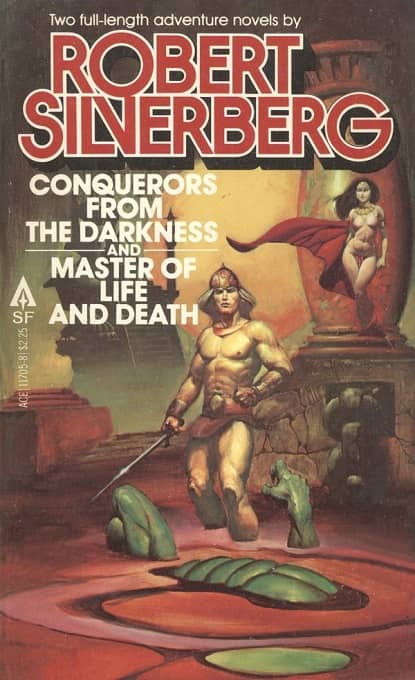 |
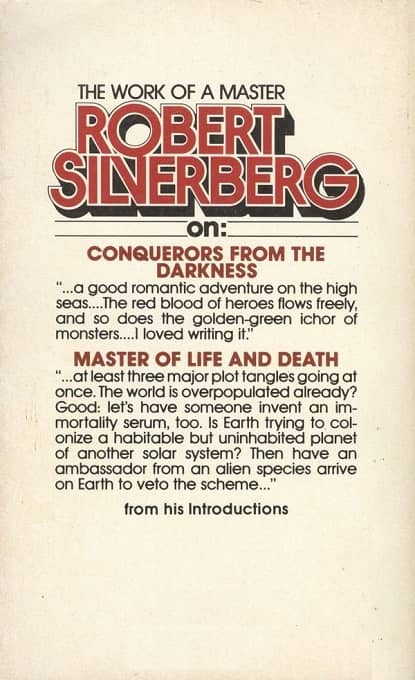 |
1979 Ace edition, paired with Master of Life and Death. Cover by Frazetta.
Robert Silverberg’s novella “Spawn of the Deadly Sea” appeared in the April 1957 issue of Science Fiction Adventures. He expanded it to novel length in 1965, retitling it Conquerors from the Darkness in the process. It wasn’t one of Silverberg’s more successful novels, at least from a commercial standpoint. Today it’s considered a juvenile, and it was reprinted only a handful of times, including a 1979 Ace paperback in which it was paired with Master of Life and Death and given a typically colorful Frank Frazetta cover (above).
In his introduction to the Ace edition Silverberg talks about Robert E. Howard, and it’s one of Silverberg’s few early SF novels with a clear Howard influence. Perhaps as a result, the book certainly has its fans. Here’s an extract from James Reasoner’s enthusiastic review on his blog.
Conquerors from the Darkness is exactly the sort of vivid, galloping action yarn that made me a science fiction fan in the first place. At first it seems like a heroic fantasy novel, set in some totally different universe than ours. The oceans cover the entire planet except for a few floating cities. The only commerce is between those cities, and keeping the seas safe for the merchant vessels is a Viking-like group known as the Sea-Lords. The hero of the novel, a young man named Dovirr, lives in one of the cities but wants to be a Sea-Lord and take to the oceans. He gets his wish and rapidly rises in the ranks, and along the way the reader learns that this is indeed Earth, a thousand years after alien invaders flooded the planet for reasons known only to them, preserving a little of humanity in those floating cities… the alien Star Beasts return to take over the planet again, and Dovirr and his comrades have to find some way to stop them with swords and sailing ships.
